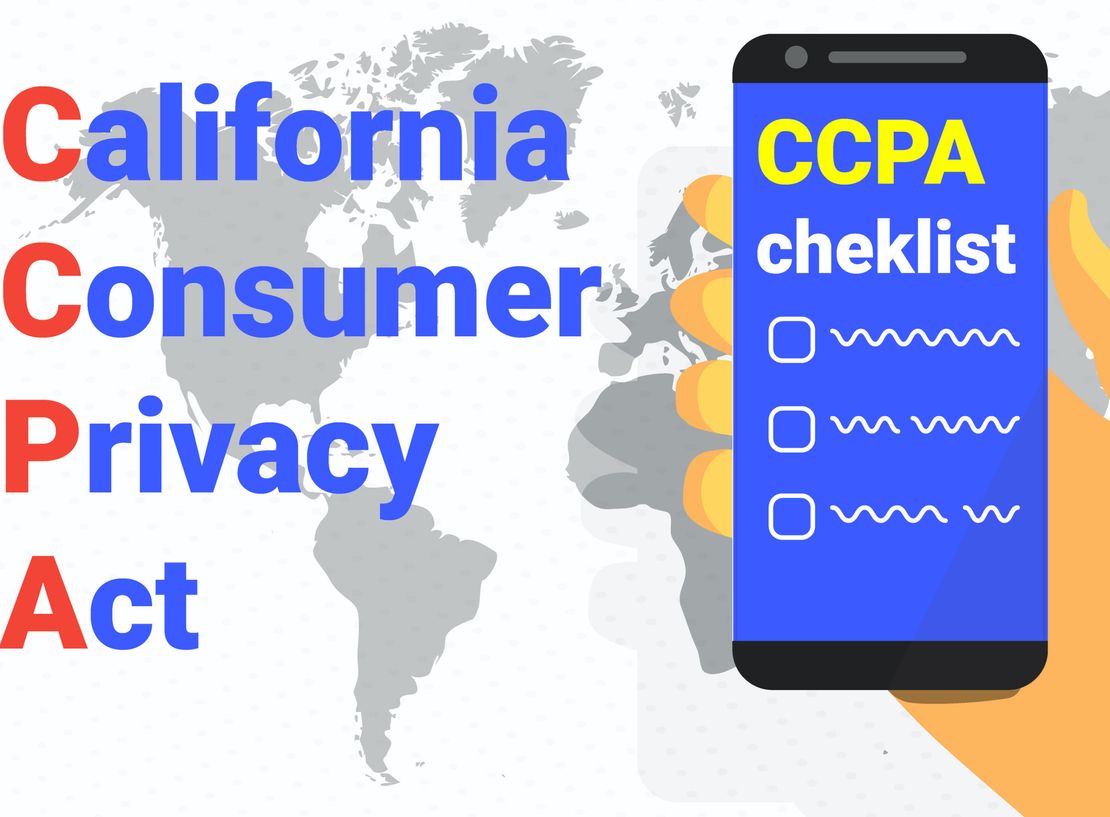This past year has led to major transformations in the way healthcare organizations operate and use digital tools to engage patient populations. To stay competitive, it’s important to ensure that your website adapts to this new environment — prioritizing factors like quality content, interactivity, and maintenance — and is optimized for upcoming changes that will impact its performance and ranking.
If you’ve been holding off on updating your website, now is a pivotal time to begin making optimizations. With a Google® Algorithm update going into effect later this year, upgrading your site will not only be important for healthy site rankings, but also for providing a better user experience all around. Sites that fail to meet healthcare consumers’ evolving needs will continue to disappoint and drop in search rankings.
Below, we provide a checklist of what your healthcare organization should prioritize to keep your website up-to-date and stay at the top of search results in 2021.
1. Page Experience
Google announced that in May of 2021, a new algorithm update will dramatically change how websites are ranked in Google search results. Once this change takes place, a group of metrics related to user experience – which previously did not affect Google rankings – will now strongly influence your site’s ranking.
Healthcare organizations should review their websites to ensure that these user experience (UX) factors are addressed. Google will be using a set of three factors, called Core Web Vitals, to assess a webpage’s overall UX, in combination with existing signals. Here’s what to look for:
Core Web Vitals
Load Time
Not only are users less likely to stay on a site that loads slowly, but Google will now penalize sites with slow load times. According to Google, as page load time goes from 1 to 3 seconds, the probability of bounce increases 32%, from 1 to 5 seconds increases 90%, and from 1 to 10 seconds increases 123%.
Time to Interactivity
Next, Google measures how long it takes for users to be able to interact with your page. For pages that are 100% content, like blog posts or news updates, this factor may not be very important, but for login or sign up pages, where there’s an immediate action, the speed at which a site allows users to begin that action is crucial.
Visual Stability
The third core vital gauges a page’s stability as it loads. For example, if elements like buttons, images, and copy move around as your page loads, users might click on a hyperlink by mistake or have to relearn where something is located.
Existing Signals
Mobile-friendly
Since more and more users are accessing the internet through mobile devices, Google has shifted to mobile-first indexing, meaning the mobile version of your website content is prioritized in ranking over the desktop version. For your website to be properly optimized, it must leverage responsive web design to seamlessly operate on a smartphone while not losing any content that appears on the desktop version.
Safe Browsing & HTTPS
Your website should be 100% HIPAA-compliant and take the necessary precautions to safeguard patient health information. Offer users a safe browsing experience, and be prepared to immediately remedy security issues if it’s been compromised. Create a secure encrypted connection from server to browser, so information can’t be easily stolen, using HTTPS rather than HTTP (without the “s”).
Intrusive Interstitials
An interstitial is a web page or popup that’s displayed before or after an expected content page — often used to display advertising or email newsletter signup forms. Using popups that users must dismiss before they can read or interact with your content can hurt your site. Some exceptions to this rule include notices about cookies, compliance, login boxes, and error notifications.
2. Design
The design of your website should create an intuitive experience for visitors. Users should be able to easily and quickly navigate through your site and find everything they need. Pages should be uncluttered, headings should be clear and meaningful, and core information should be prominently displayed.
3. Informative &
While page experience and ease of navigation are important, Google points out that these factors do not override relevant content. The quality of your content is vital to having a successful website and should provide extensive information about your organization and its key services.
Consider including FAQs and detailed medical content that’s easy to comprehend and explores many aspects of your specialty from trustworthy, professional sources. Using a variety of media like video, images, infographics, and podcasts can be powerful for engaging your audience and educating users.
4. Interactive Features
Incorporating a variety of interactive features tailored to your company’s offerings can boost the utility of your site and give users more control. For example, the COVID-19 pandemic has made it essential to offer patients the ability to interact with healthcare providers and manage their care online, and experts expect demand for continued usage of such features to continue post-pandemic.
Examples of interactive features include:
- HIPAA-compliant chatbots, live chat, or secure messaging
- Online patient portals to access medical records, lab results, and other important information
- Appointment self-scheduling and bill pay
- The ability for users to rate and review services
5. Maintenance
Websites need regular maintenance for optimal performance. Whether this is done in-house or with an agency, a strong maintenance plan will address bugs, security threats, and technical & compliance issues so that your site is stable, scalable, secure, and compliant. Our maintenance plans go a step further, and some include options for website content management system updates.
6. Analytics
If you’re not tracking how your site is performing with tools like Google Analytics, you could be missing out on valuable insights to improve your website and grow business. Analytics tools allow you to better understand user behavior across your site, what’s working and what’s not working, and continuously optimize for better performance.
Right now is a critical time to review your website and ensure that it’s updated to meet new demands. Healthcare consumers are looking for a seamless web experience that allows them to easily find information with interactive functionality. Websites that are clunky, slow, and outdated will not only frustrate and discourage users, but will continue to fall further behind in search rankings. Improving your site across these areas will provide your users with a superior online experience, boosting your site’s ranking and attracting more business.



